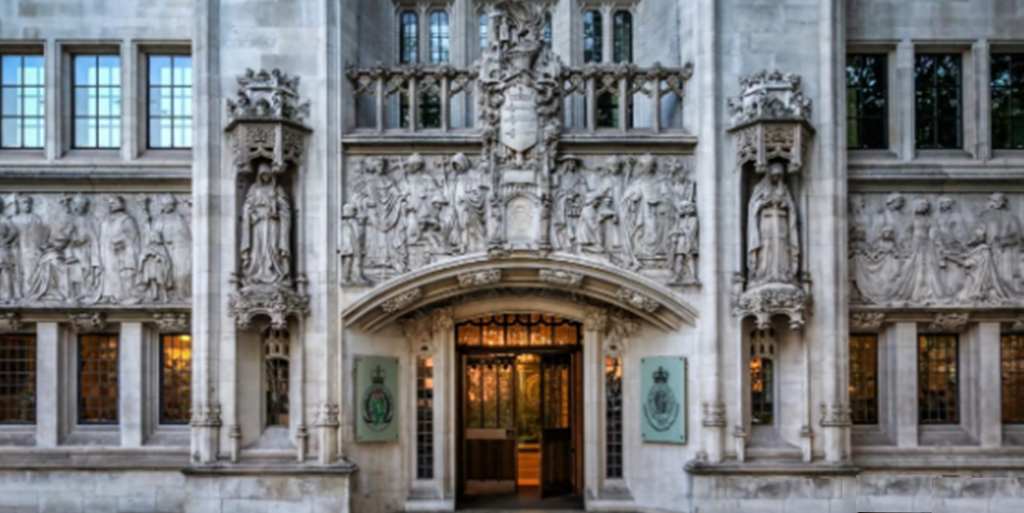One of the reasons I criticize academics has been my experience in their suppression of knowledge. I use to fund important archaeological excavations that could further our knowledge of history. The First Gulf War bombing uncovered a ancient city nobody had known about in the desert of Iraq. Ancient cities contained libraries where everything was stored including court cases and disputes. Over the years, I was a known collector of ancient economic texts. Thousands of these clay tablets appeared on the black market. I was naturally contacted. I bid on the find. I then learned that my only competitor was Martin Schøyen, a Norwegian collector of manuscripts. This find was a collection containing over 13,000 documents. Martin’s collection was the finest in the world among which was an original Magna Carta.
Academics hated people like the two of us for they think only they should have such finds to play with. Of course they have no money and go begging hat-in-hand to governments for taxpayer’s to buy their toys. Because of their academic greed, they have done far more harm to the advancement of knowledge than anyone.
That discovery in the desert of Iraq uncovered the Legal Code of Ur-Nammu (ca. 2100BC) which is the oldest known written law code that predates Hammurabi’s law code by about 300 years. I went to dinner with Martin in Zurich. We reached an agreement – I would back out of the bidding in return for access to the economic text. He was the greater specialist in collecting all documents and I viewed that his collection would be the proper place. The translation of this find was provided entirely by Martin Schøyen. His private efforts have contributed greatly to our knowledge base when government funding for translation is lacking. When the Legal Code of Hammurabi (1792-1750BC) was first discovered in 1901, his laws were heralded as the earliest known examples. Subsequent to that discovery, older collections of legal codes have been unearthed.
The academics have black-listed Martin Schøyen’s efforts refusing to allow it to appear on tour in museums because it was purchased on the black market. These people are fools and are highly dangerous. I would never donate 10 cents to anything they do. The archive like this is not discovered by academics. It was on the black market. The question then becomes – does someone step up to preserve it, or ignore it because it was found by non-professionals? They think these types of people will just hand it over intact for no money. If they do not get something, they are more likely to destroy it. They only care about money. Academics are just greedy fools in this respect. The goal is to preserve it. We are all mortal. Such collections are often donated upon death anyway.
I was also asked to step forward and fund the excavation of a remaining 2,800 m² that remain buried in the Villa Suburbana also known as the Villa of the Papyri. This was the most luxurious Villa in the resort town of Herculaneum located on the slopes of Vesuvius. Beneath the excavated area, new excavations in the 1990s revealed two previously undiscovered floors to the villa, which was built in a series of terraces overlooking the sea. I was asked to fund this because the academics had no money as usual. The Italian government had no spare change to excavate the greatest collection of ancient books to have ever survived. I was considering this project when the Government seized Princeton Economics. Nothing as been done since.
The Villa of the Papyri is a private house in the ancient Roman city of Herculaneum that was buried with the eruption of the volcano Vesuvius in 79AD. This was the home of an ancient book collector. The villa was perhaps owned by Julius Caesar’s father-in-law, Lucius Calpurnius Piso Caesoninus. When the eruption of Vesuvius covered all of Herculaneum with some 30 meters of volcanic ash, it strangely preserved the onlt ancient library known to have survived.
The Villa of the Papyri was first excavated in the years between 1750 and 1765 by Karl Weber by means of underground tunnels. Its name derives from the discovery of a library in the house containing 1,785 carbonized papyrus scrolls, the “Herculaneum papyri”.
The owner of the house, most likely Calpurnius Piso, created a library of a mainly philosophical character. It is believed that the library was assembled by the Epicurean Philodemus of Gàdara, who was a friend. Followers of Epicurus studied the teachings of this moral and natural philosopher. This philosophy taught that man is mortal, that the cosmos is the result of accident, that there is no providential god, and that the criterion of a good life is pleasure and temperance. Philodemus taught young students of Greek literature and philosophy who gathered around him at Herculaneum and Naples. Much of his work was discovered in about a thousand papyrus rolls in the philosophical library recovered at Herculaneum. Philodemus succeeded in influencing the most learned and distinguished Romans of his age.
At the time of the eruption of Vesuvius in 79AD, the valuable library was packed in cases ready to be moved to safety when it was overtaken by pyroclastic flow; the eruption eventually deposited some 20–25 m of volcanic ash over the site, charring the scrolls but preserving them. This is the only surviving library of Antiquity.
On what was excavated previously, now there is some hope that the scrolls can be read. Researchers from the Institute for Microelectronics and Microsystems in Naples, Italy, now say that for the first time, they can read letters inside the scrolls without unrolling them using a laserlike beam of X-rays. Of course, the other rooms discovered remain un-excavated. They are obviously in danger of another eruption. Government are hunting money – not spending it, The remaining rooms may have the lost works of Aristotle, Plato, and others.











